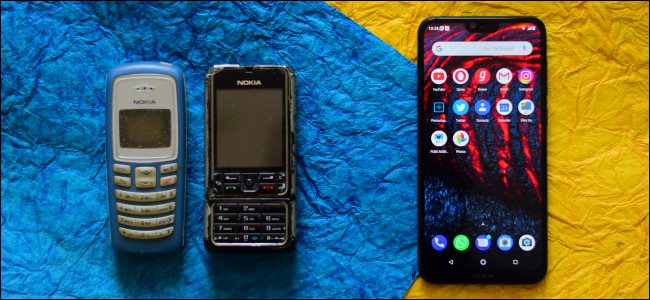
Why People Still Buy Feature Phones in 2020

Why People Still Buy Feature Phones in 2020: The smartphone in your pocket can perform millions of calculations per second, play visually stunning 3D games, access information worldwide, and maybe even take DSLR-quality photos. It’s easy to take that for granted—particularly when you consider the cell phone’s humble beginnings.
Phones like the humble Nokia bricks of yore are still being made. But who’s buying them, and why?
The Feature Phone: An Abridged History
For much of the 1990s and 2000s, the mobile world fell into two camps: phones and other. The former were mass-market people-pleasers, but they were unsophisticated. They made calls and sent texts. Think of devices like the iconic Nokia 3310 and Motorola StarTAC.
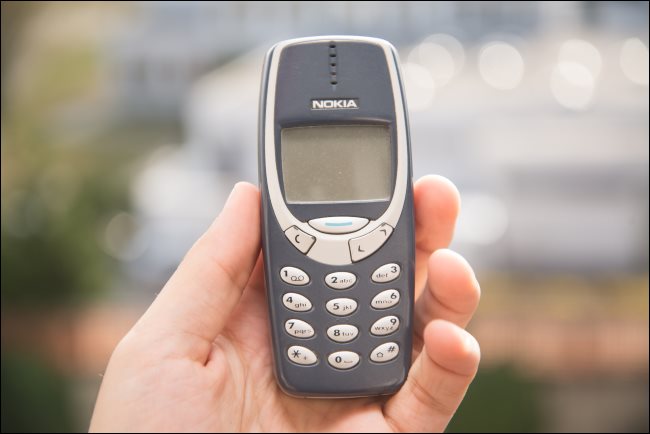
As time dragged on, other features crept in, like video and photo messaging, as well as basic web browsing through technologies like Wireless Application Protocol (WAP). However, high data costs and relatively poor quality drastically limited the appeal of these features. Most people continued to use their cell phones strictly for communication.
In retrospect, the “other” category is much more interesting. It consisted of pocket laptop-like devices, such as the Psion Series 5, Nokia Communicator, and venerable BlackBerry. Later, touchscreen-based tools similar to modern smartphones appeared, including cell-capable PDAs from HP (sold under the iPaq line) and Palm.
As the ’00s continued, the feature phone market started to approach something that looked like parity with its more sophisticated (and expensive) brethren.
Devices like the 2008 LG Renoir ditched the T9 keypad for a full (albeit, slightly clunky and resistive) touchscreen display.
In the U.K., local network Three (named for the 3G service with which it debuted) offered a phone with built-in Skype calling. Meanwhile, the Motorola Rokr offered MP3 playback, combining the functionality of a cell phone with that of an iPod.
There were also weird outliers, like the Nokia N-Gage and LG enV. It was an exciting time with lots of different devices. But it was soon apparent that the party wasn’t meant to last.
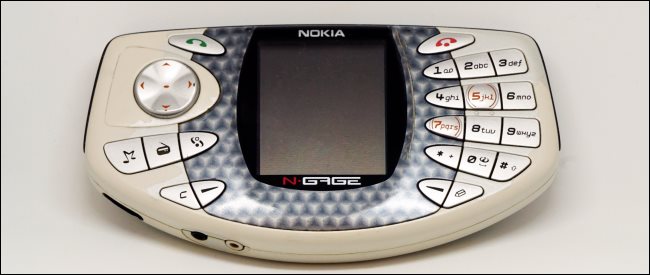
By the end of the decade, the smartphone market had grown. This was largely because they were cheaper and companies had managed to change the public’s perception that they were just for business.
BlackBerry is, arguably, the best example of this. Its QWERTY-clad phones moved from the office to the street thanks to budget lines, like the BlackBerry Curve. Meanwhile, the iPhone launched in 2007, with the first Android phone (the HTC Dream) hitting shelves the following year.
Data prices also dropped, with carriers routinely offering generous amounts of megabytes. It was at that point that most people started to jump ship. By the second quarter of 2013, sales of smartphones officially surpassed those of basic feature phones.
Feature Phones in 2020
It wouldn’t be accurate (or fair) to say that feature phones have disappeared entirely. Not only do they still exist, but they also continue to evolve. They remain hugely popular in areas like Sub-Saharan Africa, where even the cheapest Android devices are prohibitively expensive for many.
In the Second Quarter of 2019, feature phones accounted for nearly 58.3 percent of the market, but this is a readily diminishing figure. It’s also interesting to note that there’s a large digital economy centered around these basic devices.
The best example of this is M-Pesa, which might best be described as Africa’s answer to Venmo. Founded by Vodafone and Safaricom in 2005, the service allows customers in several African nations—including Kenya and Tanzania—to send and receive money via SMS.
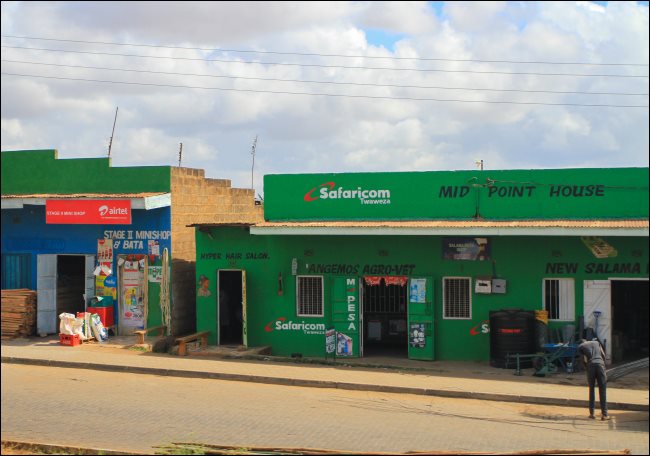
In the West, feature phones have a somewhat different position in the market. They’re often a popular choice for older, less tech-savvy folks. One vendor, Doro, caters to this market with a line of basic phones touting chunkier buttons and louder earpieces. The Alcatel Go Flip 3 performs a similar role, albeit, less explicitly so.
There’s also the nostalgia element. Many contemporary feature phones are simply revamped versions of earlier devices. Nokia is a repeat offender here, as its introduced modernized versions of the 3310, 8110, and 5310. They’re all basic devices, but they have color screens, music playback, and a simple camera.
It’s likely many people just buy these because they’re retro. However, it’s also plausible they’re used as backup phones or in environments in which a smartphone might be damaged, like a music festival.
Neither Smart, nor Feature
Forgive the pun, but the mobile sector isn’t binary. There’s a middle ground, occupied by devices running KaiOS.
These phones often resemble the devices of the pre-smartphone era, and include features like square displays and physical T9 keyboards. However, they also have the stuff you’d expect on a modern device, like an app store, voice assistants, web browsers, over-the-air updates, and video streaming.
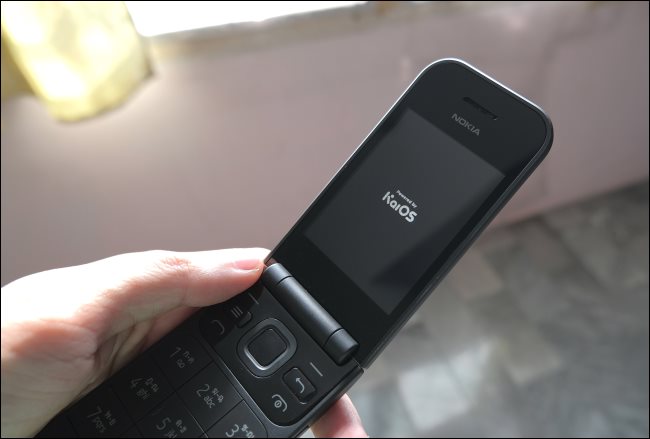
Crucially, they can also comfortably run on the most austere of hardware, with KaiOS appearing on $20 phones, like the MTN Smart.
KaiOS began as Firefox OS, Mozilla’s attempt to create a smartphone operating system to rival Android and iOS. Its key differentiator was it would run on even the most limited devices. It was a relatively short-lived project, however; Mozilla called it quits in early 2017, citing difficulties in building traction.
That wasn’t the end of the story, though. The community quickly picked up the slack, forking the source code into a new project called B2G OS (Boot 2 Gecko), which later formed the basis of KaiOS.
In May 2019, KaiOS announced it had hit the 100-million-devices milestone. It’s almost certainly improved on that number now, particularly as mobile access costs have plummeted in places like India. Consequently, KaiOS is rapidly gaining traction with developers, including Google and Facebook.
What’s the Future of Feature Phones?
The long-term prognosis for the feature-phone market isn’t good. Middle ground efforts, like KaiOS, will continue to chip away at its already diminished market share.
Then, there are other factors, like Android Go—Google’s effort to bring Android to cheaper, less capable devices.
In the meantime, though, phone manufacturers will continue to keep the feature-phone lamp lit. Long may it shine!
RELATED: Pro, Air, Mini, or Regular: Which iPad Should You Buy?

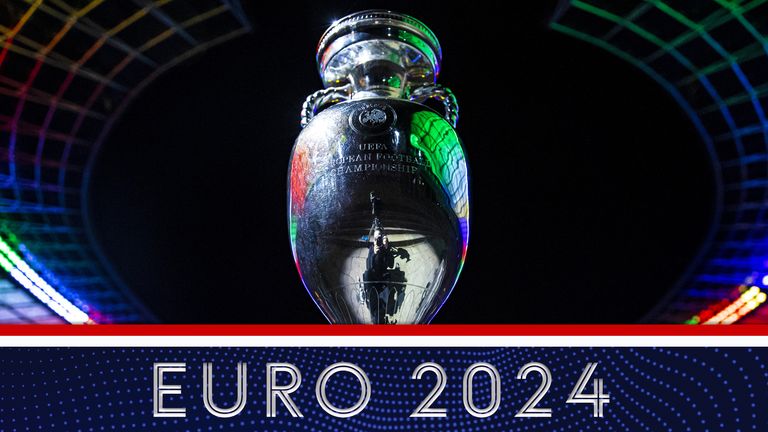

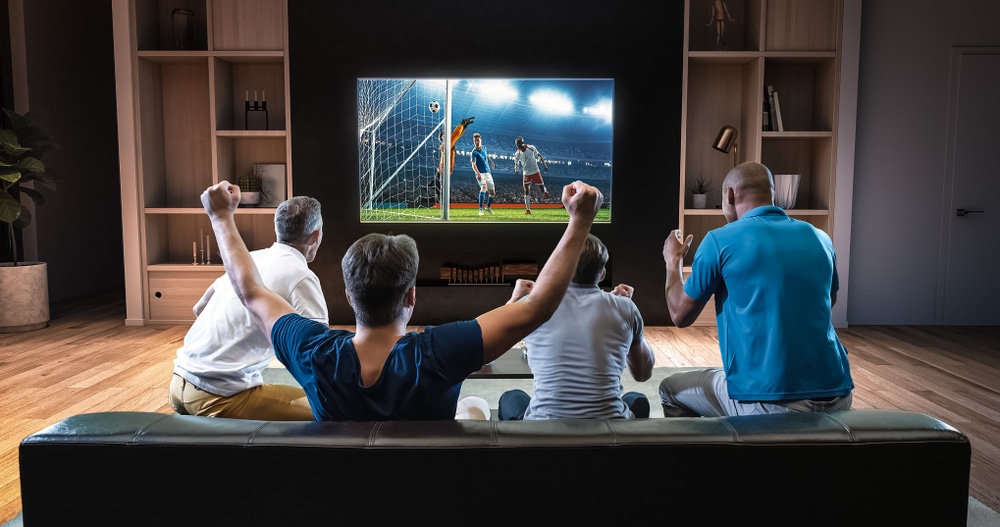



Leave a reply